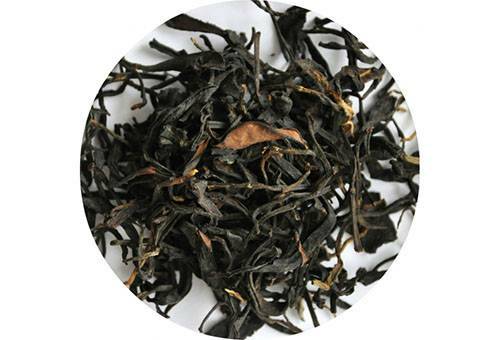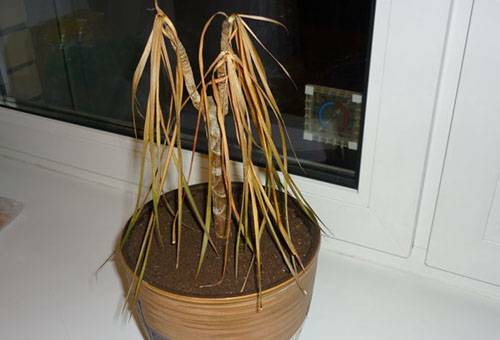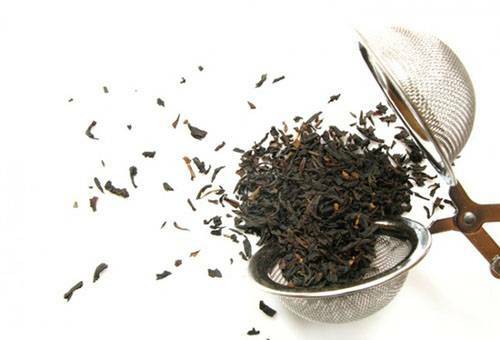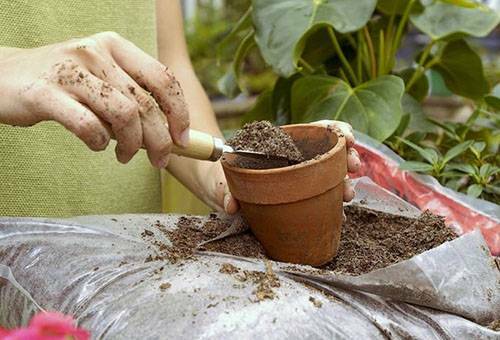Content:
- What can you find useful in watering with spilled tea?
- Disadvantages of the
- method How correctly to use watering for irrigation and fertilizer?
- Several other ways to use tea brewing
Before beginning florists, the question often arises: is it possible to water tea plants with tea, and if possible, sweet or without sugar? On the forums of flower growers on this topic heated debate: advocates of watering and mulching tea brewing tea against those who think that plants can do well without this additional fertilizer.

What can you find useful in watering with spilled tea?
If you conduct a chemical analysis of tea, you can find in the beverage mineral and organic, as well as tannins, acidifying the soil. Not all indoor plants need this acidification. It can be stated unequivocally that ferns that suffer from the action of carbonate salts of soil and water react well to it, and cacti that love hard water and tannins contained in it.
The rest of the house plants on watering with tea brewing react quite reservedly. At least, there is no reliable experimental data, which would prove the obvious benefit of such a fertilizer. There is an opinion that regular mulching of the soil with the remnants of tea helps to keep the moisture in it, and if you make tea infusions under the room flowers and slightly dig it in a flower pot, the plants will receive fertilizer with an extended period of validity.

Disadvantages of the
method The opponents of such irrigation have a large number of arguments against the arguments of the other side. They deserve to be considered in more detail.
- Modern floriculture has a sufficient selection of fertilizer and fertilizer, universal and specialized soils, adapted to the needs of all kinds of plants. You can calculate the optimal level of nutrition, which requires flowers without adding additives of doubtful composition.
- Flavored tea with additives can bring flowers to the sad consequences: rotting roots, imbalance of nutrient balance of the soil.
- Watering tea tea with the addition of sugar leads to the appearance in the pot of mushroom mosquito, black midges and other insect pests, from which it is not easy to get rid of.
- When moldy tea is used, bacteria, molds, soil contamination can be introduced into the soil.
- For specimens of home greenhouses that prefer acidic soil, such watering can only bring harm.
Council
Determine the siltation of soil can be on such grounds as a greenish plaque on the soil, which has an unpleasant smell, decay of inflorescences and leaves, mold on petioles of plants.
These arguments will make the "grandmother" method advocates think.

How correctly to use welding for irrigation and fertilizer?
This option may be acceptable to supporters of organic floriculture, as natural remedies have recently become very popular.
Advice
Use for watering can be any tea: black, green, herbal. The main thing is that it does not contain additives and flavors of synthetic origin.
How to properly water the plants with tea infusion?
- Make sure that your flowers need acidification of the soil. You can do a simple soil analysis with litmus paper.
- You do not need to constantly pour under the flowers this fertilizer, it is enough several times a month - time its application to the next watering.
- You can not water the plants with tea with the addition of sugar, as well as a sour or moldy solution.
- A fresh, light and unsweetened solution of room temperature can be used.
Board
If under the flowers, in addition to watering, more and more tea leaves, its amount must be strictly metered, mixing with the top layer of the soil. This method will help to keep moisture, which will allow watering the plant less often.

Several other ways to use tea brewing
The availability of this material gives impetus for use in other ways.
- A large amount of waste after tea drinking can be turned into a drainage layer when planting the plant in a new pot. To do this, spit the tea leaves spread on a layer of expanded clay, sprinkled with soil and plant a flower. As it reaches the bottom layer of soil, part of the brewing will already rot and serve as an organic fertilizer.
- Instead of a drainage layer, the dried tea leaves are mixed with a flower ground when the plant is transplanted to another pot. This additive is acceptable, if the soil is dense, then it acts as a disintegrant.
So, if you use sleeping tea for irrigation, then you need to do it by all rules, do not use additives and flavorings, moldy raw materials. This method is used for plants that prefer acidic soil and hard water with tannins. Such irrigation is not carried out often, the soil is loosened regularly under room colors, and the plants are observed. When mosquitoes and other insects appear, it is necessary to treat the soil, reduce watering.
Read an article on how to care for women's happiness in a pot
